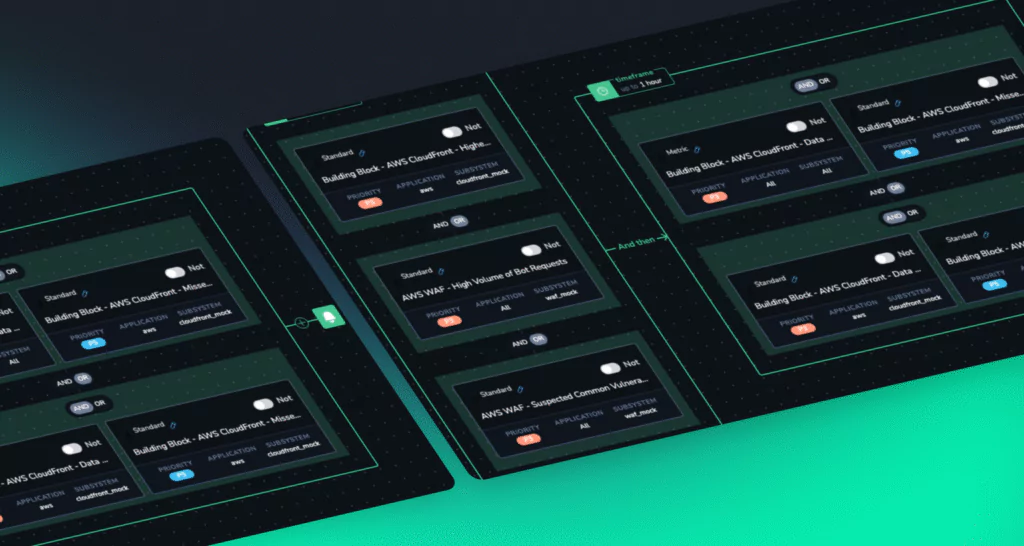Parquet File Format: The Complete Guide

How you choose to store and process your system data can have significant implications on the cost and performance of your system. These implications are magnified when your system has data-intensive operations such as machine learning, AI, or microservices.
And that’s why it’s crucial to find the right data format. For example, Parquet file format can help you save storage space and costs, without compromising on performance.
This article will help you better understand the different types of data, and the characteristics and advantages of Parquet file format. To get a complete picture of Parquet’s impact on your unique application stack, get a full-stack observability platform for your business.
What is the Parquet file format?
Parquet file format is a structured data format that requires less storage space and offers high performance, compared to other unstructured data formats such as CSV or JSON.
Parquet files support highly efficient compression and encoding schemes, resulting in a file optimized for query performance and minimizing I/O operations. Parquet file formats maximize the effectiveness of querying data using serverless technologies like Amazon Athena, BigQuery, and Azure Data Lakes. For example, Apache Parquet, licensed under the Apache software foundation, is built from scratch using the Google shredding and assembly algorithm, and is available to all.
Parquet file format characteristics
The Parquet file format stands out for its special qualities that change how data is structured, compressed and used. Let’s deep dive into the main features that make Parquet different from regular formats.
- Column-based format
The key difference between a CSV and Parquet file format is how each one is organized. A Parquet file format is structured by row, with every separate column independently accessible from the rest.
Since the data in each column is expected to be of the same type, the parquet file format makes encoding, compressing and optimizing data storage possible.
- Binary format
Parquet file formats store data in binary format, which reduces the overhead of textual representation. It’s important to note that Parquet files are not stored in plain text, thus cannot be opened in a text editor.
- Data compression
Parquet file formats support various compression algorithms, such as Snappy, Gzip, and LZ4, resulting in smaller file sizes, compared to uncompressed formats like CSV. You can expect a size reduction of nearly 75% for your data in Parquet files from other formats.
- Embedded metadata
Parquet file formats include metadata that provide information about the schema, compression settings, number of values, location of columns, minimum value, maximum value, number of row groups and type of encoding.
Embedded metadata helps in efficiently reading and processing the data. Any program that’s used to read the data can also access the metadata to determine what type of data is expected to be found in a given column.
- Splittable and parallel processing
Parquet file formats are designed to be splittable, meaning they can be divided into smaller chunks for parallel processing in distributed computing frameworks like Apache Hadoop and Apache Spark.
Parquet file format vs CSV
While CSV is widely used in major organizations, CSV and Parquet file formats are suitable for different use cases. Let’s look at the differences between these two specific formats in order to help you choose a data storage format.
- Storage efficiency
Parquet file format is a columnar storage format, which means that data for each column is stored together. The storage mechanism enables better compression and typically results in smaller file sizes compared to row-based formats.
CSV is a row-based format, where each row is represented as a separate line in the file. The format does not offer compression, often resulting in larger file sizes.
- Query performance
CSVs need you to read the entire file to query just one column, which is highly inefficient.
On the other hand, Parquet’s columnar storage and efficient compression makes it well-suited for analytical queries that only need to access specific columns. This compression leads to faster query performance when dealing with large datasets. A recent survey by Green Shield Canada found that with the parquet file format, they were able to process and query data 1,500 times faster than with CSVs.
- Schema evolution
Parquet file format supports schema evolution by default, since it’s designed with the dynamic nature of computer systems in mind. The format allows you to add new columns of data without having to worry about your existing dataset.
CSV files on the other hand, do not inherently support schema evolution, which can be a limitation if your data schema changes frequently.
- Compatibility and usability
Parquet is designed for machines and not for humans. Using Parquet file format in your project may require additional libraries or converters for compatibility with some tools or systems.
CSV is a simple and widely supported format that can be easily read and written by humans and almost any data processing tool or programming language, making it very versatile and accessible.
Advantages of Parquet File Format
Parquet’s major selling point is the direct impact it has on business operations. For instance, storage costs, computation costs and analytics. In this section, we will examine how Parquet helps with these three factors.
- Save storage costs
A Parquet file format is built to support flexible compression options and efficient encoding schemes. Data can be compressed by using one of the several codecs available; as a result, different data files can be compressed differently.
Therefore, Parquet is good for storing big data of any kind (structured data tables, images, videos, documents). This specific way of storage translates to hardware savings on cloud storage space.
- Save computation costs
As the data type for each column is quite similar, the compression of each column is straightforward, making queries even faster. When querying columnar storage you can skip over the non-relevant data very quickly. As a result, aggregation queries are less time-consuming compared to row-oriented databases.
- Efficient analytics and high-speed transactions
Parquet files are well-suited for Online Analytical Processing (OLAP) use cases and reporting workloads. With Parquet, you receive fast data access for specific columns, and improved performance in distributed data processing environments.
Parquet is often used in conjunction with traditional Online Transaction Processing (OLTP) databases. OLTP databases are optimized for fast data updates and inserts, while Parquet complements them by offering efficient analytics capabilities.
Parquet file format for better data storage
The Parquet file format is one of the most efficient data storage formats in the current data landscape, with multiple benefits such as less storage, compression, faster query performance, as mentioned above. If your system requires efficient query performance, storage effectiveness, and schema evolution, the Parquet file format is a great choice.
Pair Parquet with a strong application monitoring software like Coralogix to understand the true impact of data structures. Read our full-stack observability guide to get started.




